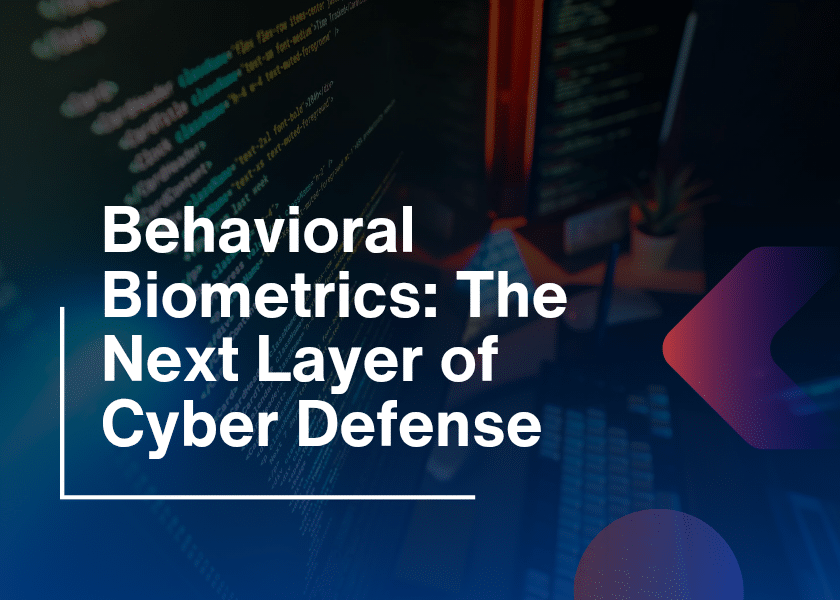In the realm of cybersecurity, where the digital landscape is constantly evolving, organizations face a critical imperative: the need to anticipate and proactively address potential threats. This blog post delves into the intricacies of threat anticipation, unraveling its definition, exploring the primary threats to cybersecurity, dissecting the four stages of threat analysis, shedding light on the importance of threat prioritization, and providing an in-depth understanding of the threat modeling process for anticipating cyber attacks within Security Operations Center (SOC) environments.
What is Threat Anticipation?
At its core, threat anticipation is a forward-thinking and proactive approach to cybersecurity. It involves the continuous monitoring, analysis, and assessment of the threat landscape with the aim of identifying potential cyber threats before they manifest. Within a SOC environment, threat anticipation serves as a linchpin in fortifying defenses, allowing organizations to stay ahead of cyber adversaries.
Key Components of Threat Anticipation
Continuous Monitoring
- Implementing cutting-edge tools and technologies that facilitate real-time monitoring of network activities, system logs, and user behaviors.
- The continuous observation for anomalies becomes crucial, as it provides early indications of potential threats or malicious activities.
Threat Intelligence Integration
- Integrating threat intelligence feeds to remain abreast of the latest cyber threats, attack vectors, and vulnerabilities.
- Analyzing threat intelligence data to discern its relevance to the organization’s specific environment, enhancing contextual understanding.
Behavioral Analysis
- Employing sophisticated behavioral analysis techniques to establish a baseline for normal patterns of activity within the network.
- Identifying deviations from these established patterns, which may indicate suspicious or malicious behavior requiring further investigation.
Adaptive Security Measures
- Implementing security measures that adapt dynamically to emerging threats, incorporating machine learning and artificial intelligence.
- These adaptive measures enhance the organization’s ability to respond effectively to evolving attack tactics and methodologies.
5 Main Threats to Cyber Security
To effectively anticipate threats, organizations must be well-versed in the primary threats to cybersecurity. Here are five main threats that consistently pose challenges:
Malware Attacks
- Malicious software designed to infiltrate systems, steal data, or disrupt operations.
- Threat anticipation involves monitoring for unusual patterns of code execution, network traffic, or unexpected file modifications.
Phishing Attacks
- Deceptive attempts to trick individuals into revealing sensitive information, often through fraudulent emails or websites.
- Threat anticipation entails continuous education on phishing tactics, implementing email filtering solutions, and monitoring for suspicious email activity.
Insider Threats
- Malicious actions or negligence by individuals within an organization that pose a security risk.
- Threat anticipation involves user behavior analytics, monitoring privileged access, and implementing robust access controls to mitigate insider threats.
Advanced Persistent Threats (APTs)
- Coordinated and sophisticated cyber attacks typically carried out by well-funded and organized threat actors.
- Anticipating APTs requires constant vigilance, threat intelligence analysis, and the implementation of advanced detection and response capabilities.
Denial-of-Service (DoS) Attacks
- Deliberate efforts to overwhelm a system, network, or website, rendering it inaccessible to users.
- Threat anticipation involves implementing traffic analysis, anomaly detection, and having robust contingency plans to mitigate the impact of DoS attacks.
4 Stages of Threat Analysis
Threat analysis is a systematic process that guides organizations in understanding and responding to potential threats. The four stages of threat analysis provide a structured framework:
Data Collection
- Gathering comprehensive information about the organization’s infrastructure, network architecture, and historical threat data.
- Incorporating external threat intelligence feeds to enhance the breadth of collected data.
Threat Identification
- Analyzing the collected data to identify potential threats and vulnerabilities.
- Employing threat intelligence platforms and analysis tools to categorize and prioritize identified threats based on their characteristics.
Impact Assessment
- Evaluating the potential impact of identified threats on the organization’s operations, data integrity, and overall security posture.
- Assessing the severity and potential consequences of each threat to inform prioritization.
Mitigation Planning
- Developing and implementing effective strategies and countermeasures to mitigate the identified threats.
- Prioritizing mitigation efforts based on the assessed impact, potential risks, and available resources.
Threat Prioritization
Threat prioritization is a strategic approach that involves categorizing and ranking identified threats based on their potential impact and likelihood of occurrence. This process enables organizations to allocate resources efficiently and address the most critical threats first. Prioritization factors include the potential for data loss, operational disruptions, and the strategic importance of affected systems.
Threat Modeling Process for Anticipating Cyber Attacks
Threat modeling is a systematic approach to identify, prioritize, and mitigate potential security threats. The process involves several key steps:
Asset Identification
- Identifying and documenting critical assets, including data, systems, and applications.
- Understanding the value and sensitivity of each asset to inform threat prioritization.
Threat Identification
- Enumerating potential threats and vulnerabilities that could impact the identified assets.
- Considering various attack vectors and scenarios to develop a comprehensive threat landscape.
Vulnerability Analysis
- Assessing the vulnerabilities associated with each identified threat.
- Prioritizing vulnerabilities based on their potential impact on critical assets and overall security.
Risk Assessment
- Evaluating the overall risk associated with each identified threat and vulnerability.
- Considering the likelihood of exploitation and potential consequences to inform mitigation strategies.
Mitigation Strategies
- Developing and implementing targeted mitigation strategies to address identified threats and vulnerabilities.
- Focusing on preventive measures, detection mechanisms, and incident response planning to enhance overall security posture.
In conclusion, threat anticipation within a SOC environment is not merely a reactive measure; it is a strategic imperative for organizations committed to safeguarding their digital assets. By continuously monitoring the threat landscape, understanding and prioritizing potential threats, and implementing robust threat modeling processes, organizations can not only anticipate cyber threats but also build resilience and maintain a proactive cybersecurity posture. Embracing threat anticipation is an ongoing commitment to staying ahead of cyber adversaries and ensuring the security of digital ecosystems.






